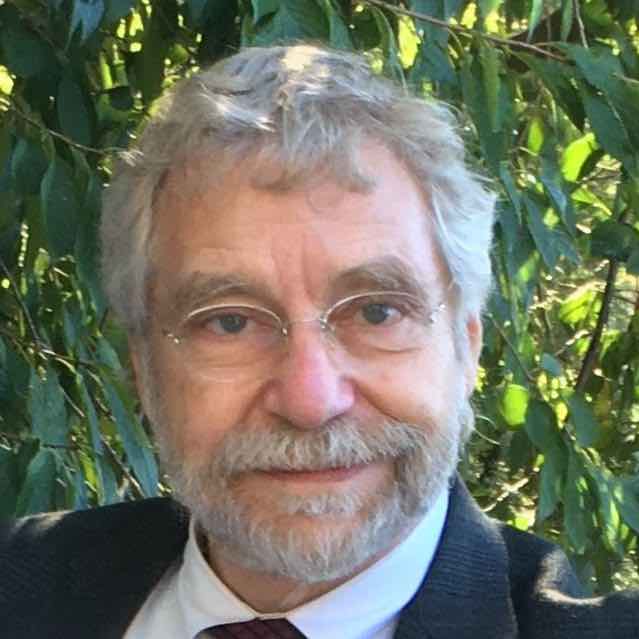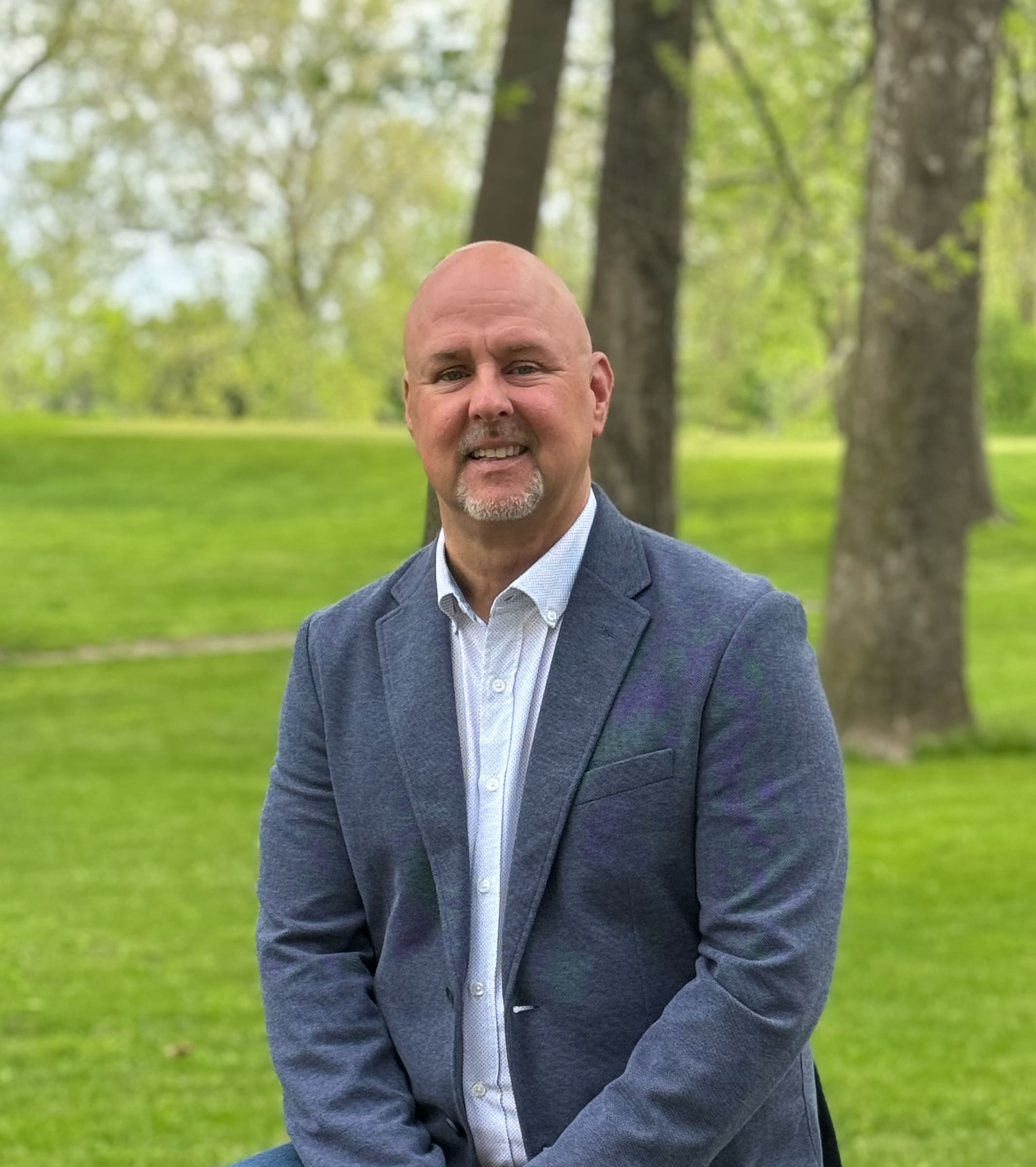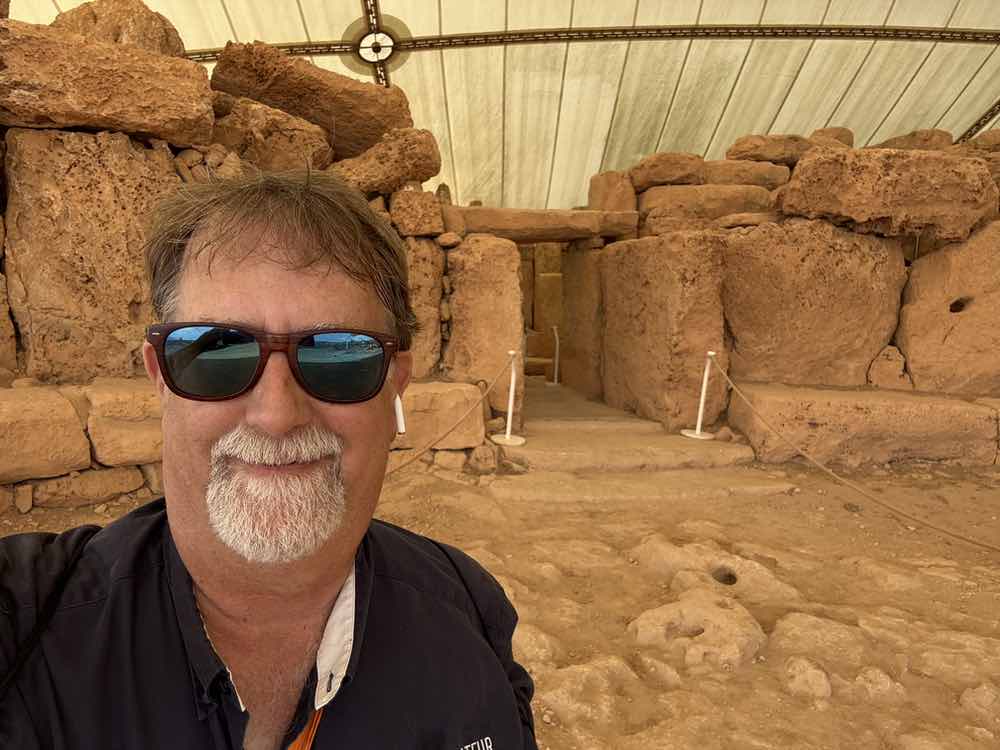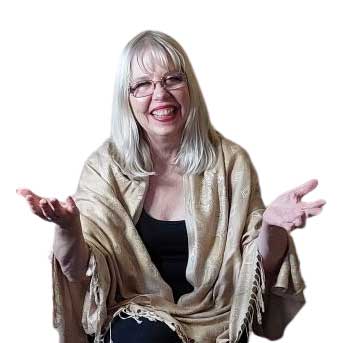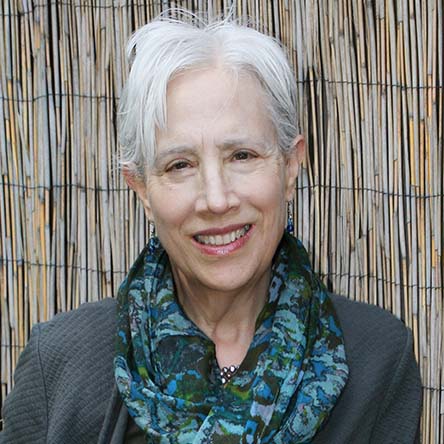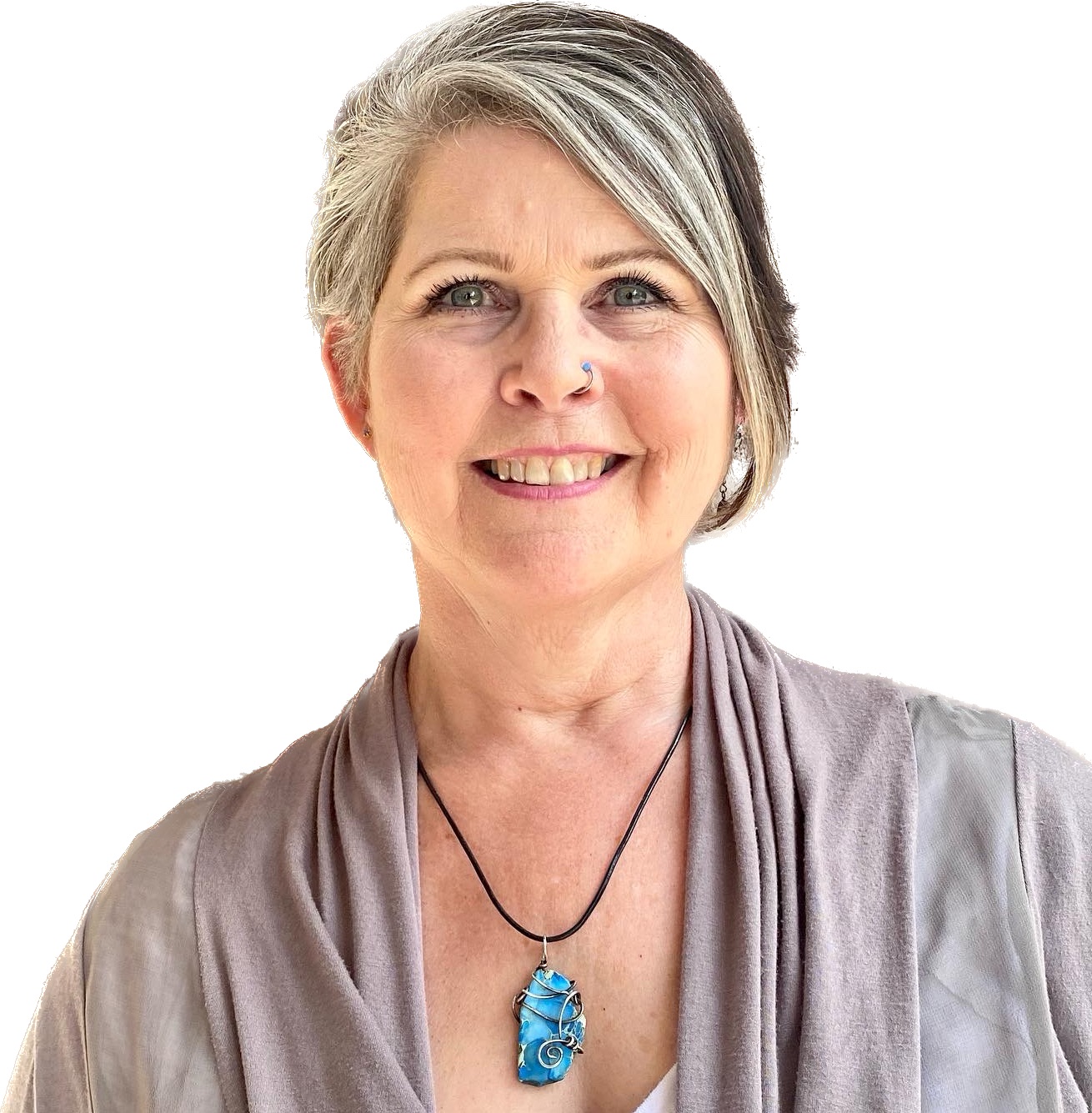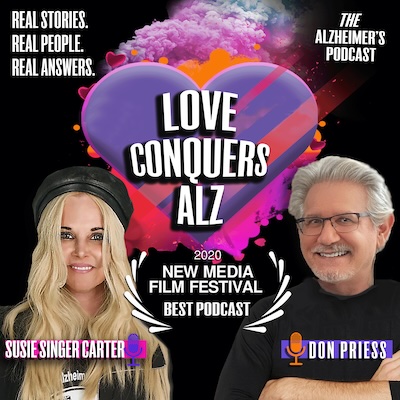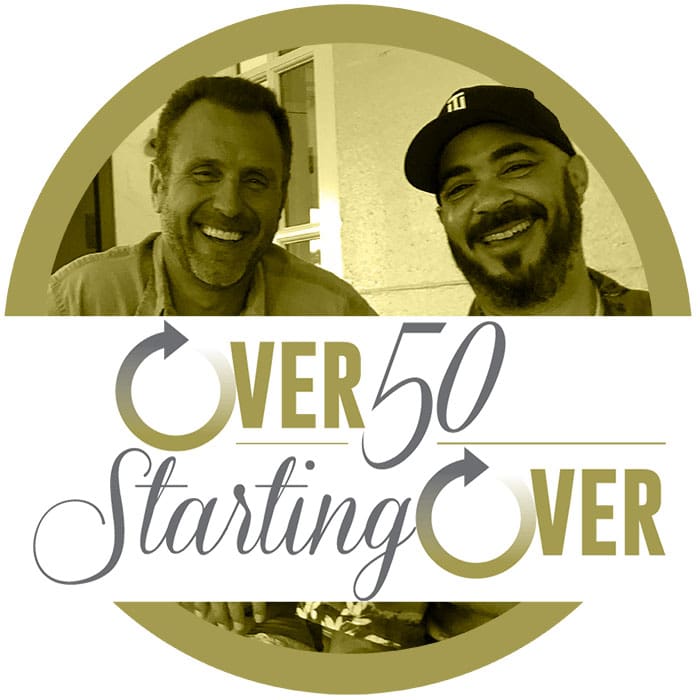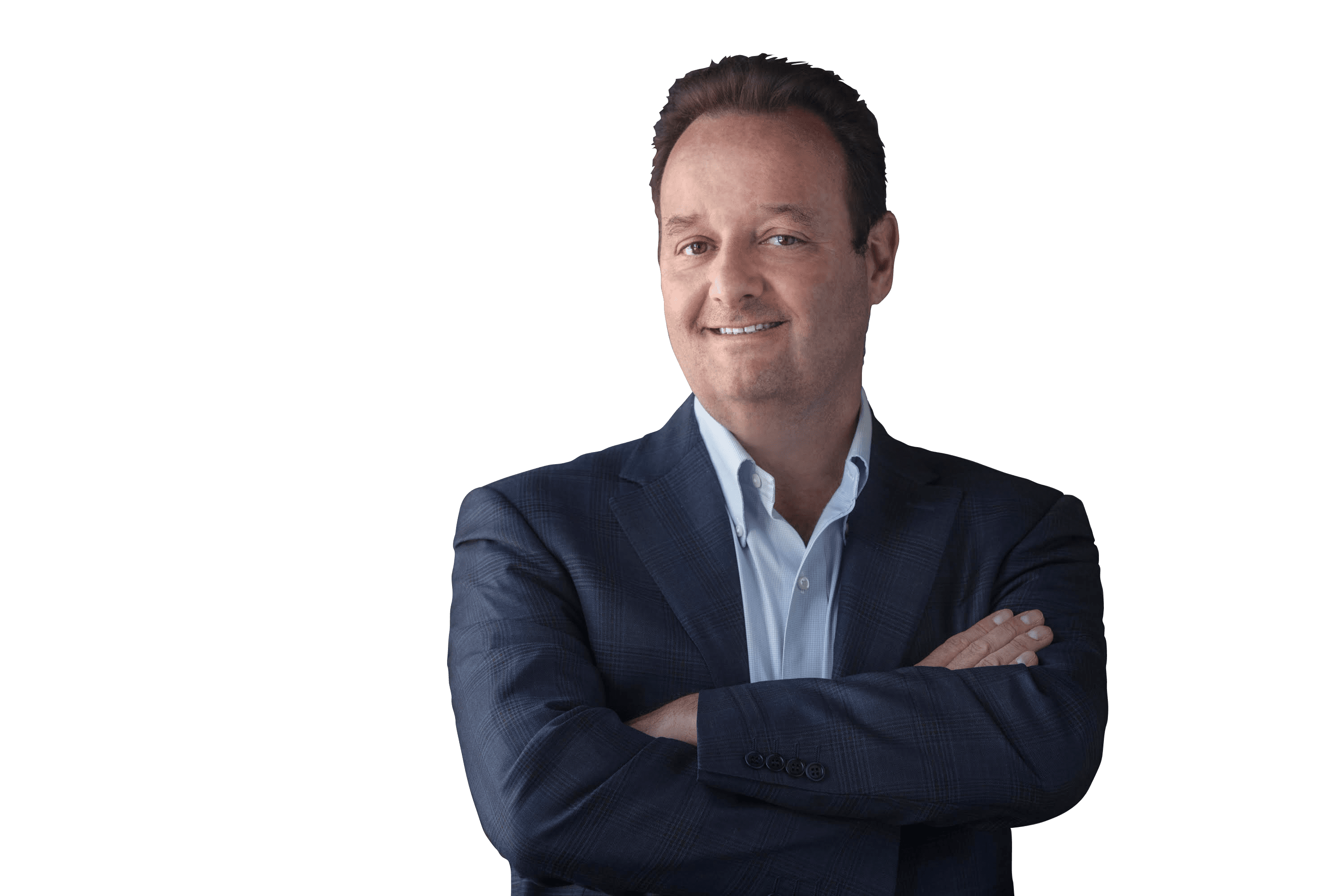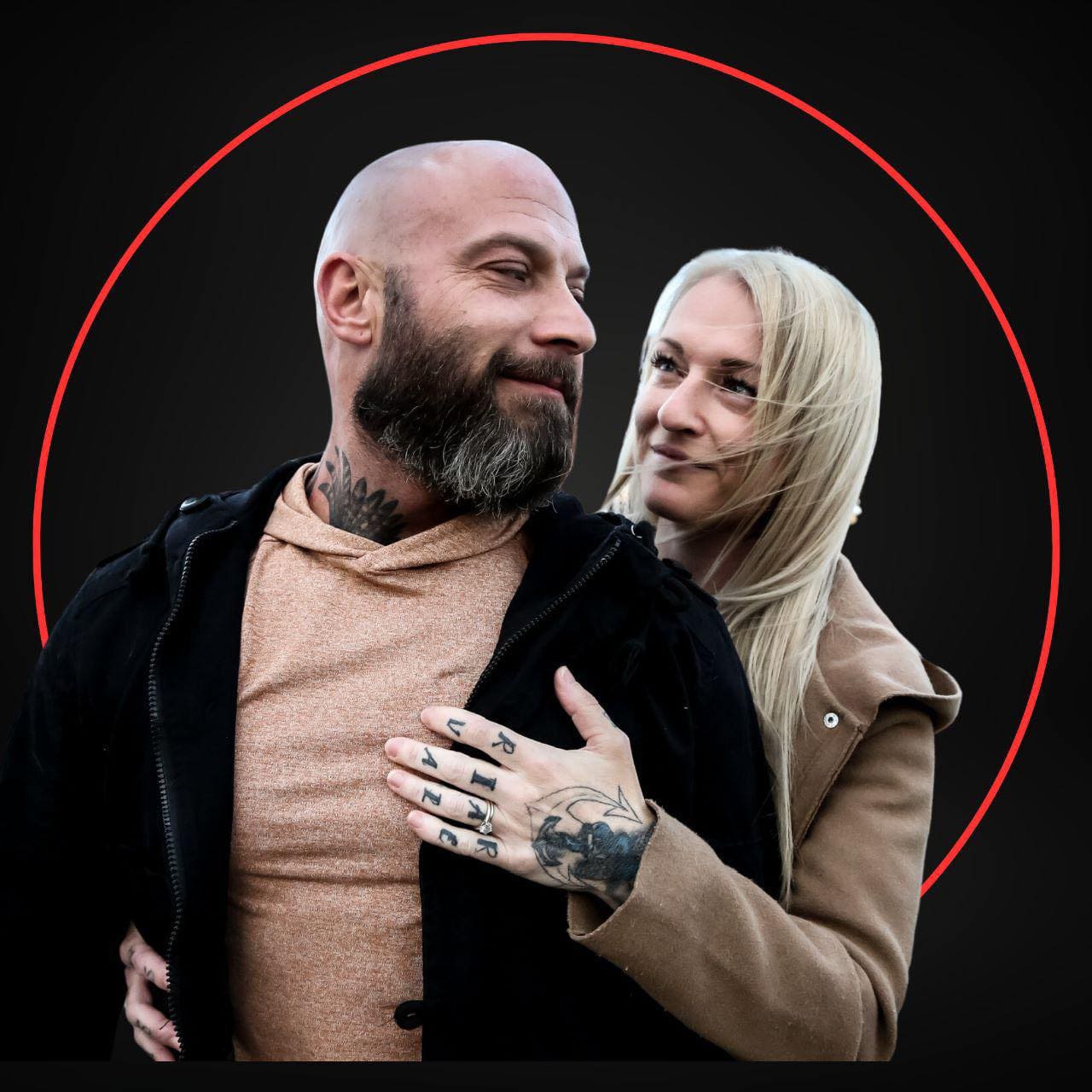Leading Where? Exactly.
n
Weu2019ve all read these articles, u201cFive Critical Traits Every Leader Must. . .u201du00a0 u201cEvery Leader Should Do These Three Things.u201d u201cWhen the Chips are Down Leadersu00a0 Keep Focused On.. .u201d
n
The articles are filled with leadership buzzwords originating in the 1980s. Words like Vision, Empowerment, Empathy, Trust, Walking the Talk, Gratitude, Be the Change are always capitalized, an emphasis convention from PowerPoint presentations, invented around that time.
n
Heck, Iu2019ve written stuff like that:
n
u201cLeaders are accountable for two things, direction – we lead toward something or away from something – and attracting followers. If you think you are a leader, look over your shoulder. If there is no one there, you might just be delusional.u201d
n
The truth is that every set of circumstances is different and requires different behaviors, often from a different leader who arises to meet those challenges.
n
Instinctively, we nod our heads affirming historians who say, u201cAbraham Lincoln was the one leader forged for the crucible of the Civil War,u201d or u201cWinston Churchill was the leader who was needed for Britain at the time. After the war ended his time had passed and Britain moved on, but during the Battle of Britain, during the Blitz, he was the man of the moment.u201d
n
We know this. So why do we look for the magic elixir, the three traits or seven actions for every leader? Perhaps because we learn from checklists or crave simplicity; perhaps both.
n
Abnormal Circumstances Require Different Leaders
n
I describe the difference between managers and leaders by the conditions each face. Managers get the work done in a steady state. Leaders step up when events move beyond normal, in emergencies like fires, floods, and process safety accidents, and in times of change.
n
In successful turnarounds, the change CEOs typically come from outside the existing organization.
n
They are hired from competitors: Lee Iacocca was hired from Ford to turn around Chrysler. Les Moonves (CBS) came from Warner Brothers.
n
They are turnaround specialists hired from other industries. Lou Gerstner arrived at IBM with a track record from RJR Nabisco and American Express. John King had a series of successful turnarounds in Britain before Margaret Thatcher charged him with the privatization of British Airways and he hired Colin Marshall from Avis.
n
Sometimes founders who have left the business are recalled as was Steve Jobs at Apple and Howard Schultz at Starbucks.
n
On rare occasions change CEOs come from unexpected divisions or functions within a company as was the case with Jack Smith at General Electric, and Mary Barra at General Motors.
n
Outsiders bring a u201cfresh set of eyes;u201d founders bring a lost sense of mission. They see the current context differently. Often a change in perspective is what is required.
n
Leaders Encourage Different Behavior
n
u201cThe thing about change management,u201d intoned Dr. Nelson Repenning, Faculty Director of the Leadership Center, at MITu2019s Sloan School of Management, u201cis that nothing actually changes until someone does something different or differently.u201d
n
It was a chuckle line intended to open peopleu2019s minds through laughter. It seems obvious, which is why this audience of oil executives laughed. It is also profound. A leader wants a critical mass of people to do more of something, less of something or something differently.
n
The desired behavior is situationally dependent as is the leaderu2019s encouragement of that behavior. If you are leading people to exit a burning building, your u201cThis way, follow me!u201d sounds different than if you are leading a team creating a game-changing technical Innovation.
n
When do you lead with urgency and passion, and when do you lead with calm patience? Under which conditions would a leader harken back to founding values and when might a leader reject any nostalgia for the u201cway we used to do things?u201d
n
Planning to Lead
n
Every opportunity to lead is different, depending on the circumstances and the capabilities of the leader. Therefore any plan to lead is specific to that context.
n
Non-commissioned officers who are suddenly called to take charge on the battlefield, workers who step up to save lives in an emergency, or department heads redeployed on change teams do not have the same planning luxury as generals, engineers, or CEOs, but everyone can plan, even if some must be u201con the fly.u201du00a0 It all comes down to a few basic questions:
n
Why?
n
I saw Simon Sineku2019s famous Ted talk toward the end of my change consultant career. For years I advised leaders to make the u201ccompelling case for changeu201d and say that u201cgoing back was not an option.u201d Sineku2019s u201cStart with Whyu201d message was simple and straightforward. He advocated respecting people and rationality explaining u00a0the u201cwhyu201d change before the u201cwhat.u201d
n
A simple model of change is Insight-Action-Results. We take in new information, decide new actions and achieve results. Many things can go wrong in this process, but change canu2019t begin until people donu2019t share the u201cwhy.u201d
n
Back to my burning building example of leadership, u201cThe building is burning, there is one exit still open. This way. Follow me!u201d is more effective than u201cThis way, follow me.u201d
n
What? How?
n
For some types of change, the why and some objectives are all that is necessary. Smart people, closer to the work will figure out the what. For others, more specificity is required
n
The objectives might specify desired results, or desired actions, or detailed procedures. Sometimes further guidance is given, u201cBe safe,u201d u201cNo spills, no injuries to people or damage to the environment.u201d
n
Who?
n
In his book Good to Great, Jim Collins recommended first deciding u201cwho is on the bus,u201d who was up to the task, before embarking on the change. In post-merger integration picking the right skills, knowledge, and Relationships for a combined organization could be contentious, but it facilitated consolidation. u201cItu2019s hard to work until you know you have a job.u201d
n
The danger is that a leader will pick those they know or the u201cagreeable over the competent. u201cSometimes that u201cargumentative mavericku201d truly has better ideas; sometimes that person is just hard to work with.
n
When?
n
Time horizon is critical. If bankruptcy looms, speed is more important than the pristine solution. Business is often driven by the u201ctime value of Money.u201d A u201chamburger todayu201d is worth more than u201ca dollar next Tuesday.u201d (Apologies to the Popeye comic strip character and the British Wimpy burger chain.)
n
Unfortunately, the need for speed hinders imagining unintended consequences of our actions. Roger Smith of late 1980s General Motors correctly assessed the low cost threat of Japanese automotive production. He authorized the purchase of many assembly robots and closed poor performing plants. He greatly underestimated the reaction of workers, unions and communities. He gave rise to Michael Moore, the filmmaker whose debut film u201cRoger and Meu201d about the devastation of Flint, Michigan when the GM plant closed, has been a thorn in GMu2019s side ever since. Moore went on to be a thorn in politicians sides too. Unintended consequences canu2019t always be anticipated but failing to try isnu2019t the answer.
n
Preparing to Lead
n
In my thirty-seven years as a change consultant, I conducted many leadership development workshops. These u201ctrainingu201d programs were often like bugles, sounding the alarm, signaling the u201ccharge.u201d
n
We explained the u201cwhyu201d of the change, and began to plan the u201cwhat.u201d These workshops were rich in context, specific to the change faced and leadersu2019 actions. Sometimes we framed actions with those leadership buzzwords, Vision, Urgency, Empathy, Walking the Talk, etc. However they were always specific the change. British Airways was about customer service and profit, GM was about reducing vehicle or platform cost, BP was about process safety improvement.
n
At one of these sessions a workshop participant asked,
n
u201cI understand that these traits and behaviors will help us get out of our current predicament, but are they the same as what we would need to do to avoid getting into this pickle.u201d
n
I was taken aback and donu2019t think I answered his question, which was really u201cwhat development would be required for leaders to avoid this kind of gut-wrenching, company shaking change?u201d
n
The answer I might give today is that leaders must be steeped in the context that they will lead, but they must be able to anticipate change.
n
That means they must
n
- n
- Constantly scan the environment for causes of change .n
- n
- Competitive activity,
- Technological innovation,
- Changing customer, supplier, worker values.
n
n
n
n
- Become skilled at the three types of changen
- n
- Improvement, doing things better
- Innovation, doing new and different things,
- Integration, making sure that people across the organization adopt and adapt to new and different ways together.
n
n
n
n
n
n
n
Some societies train their future leaders. Romans trained their leaders in the military, as have many societies before and since.
n
The ancient Greeks trained city state leaders with classes by philosophers in debate and oration. Selected leaders were invited to the Eleusinian Mysteries, a death-rebirth ritual from the Persephone-Demeter-Hades myth symbolizing Winter to Spring. The mysteries are lost, but archeologists found ergot fungus (LSD) and psylocibin (mushrooms) at the shrine in Eleusis, so it was either psychedelic introspection or one heck of a party.
n
Now humanity faces some profound challenges, u00a0including responding to climate change, and avoiding unintended consequences of new technologies like Artificial Intelligence.
n
How can we develop leaders and ourselves to be up to these challenges?
n
Leading where? Exactly.
n
“,”tablet”:”
The X Things Every Leader Must . . .
n
Weu2019ve all read these articles, u201cFive Critical Traits Every Leader Must. . .u201d u201cEvery Leader Should Do These Three Things.u201d u201cWhen the Chips are Down Leaders Keep Focused On.. .u201d
n
The articles are filled with leadership buzzwords originating in the 1980s. Words like Vision, Empowerment, Empathy, Trust, Walking the Talk, Gratitude, Be the Change are always capitalized, an emphasis convention from PowerPoint presentations, invented around that time.
n
Heck, Iu2019ve written stuff like that:
n
u201cLeaders are accountable for two things, direction – we lead toward something or away from something – and attracting followers. If you think you are a leader, look over your shoulder. If there is no one there, you might just be delusional.u201d
n
The truth is that every set of circumstances is different and requires different behaviors, often from a different leader who arises to meet those challenges.
n
Instinctively, we nod our heads affirming historians who say, u201cAbraham Lincoln was the one leader forged for the crucible of the Civil War,u201d or u201cWinston Churchill was the leader who was needed for Britain at the time. After the war ended his time had passed and Britain moved on, but during the Battle of Britain, during the Blitz, he was the man of the moment.u201d
n
We know this. So why do we look for the magic elixir, the three traits or seven actions for every leader? Perhaps because we learn from checklists or crave simplicity; perhaps both.
n
Abnormal Circumstances Require Different Leaders
n
I describe the difference between managers and leaders by the conditions each face. Managers get the work done in a steady state. Leaders step up when events move beyond normal, in emergencies like fires, floods, and process safety accidents, and in times of change.
n
In successful turnarounds, the change CEOs typically come from outside the existing organization.
n
They are hired from competitors: Lee Iacocca was hired from Ford to turn around Chrysler. Les Moonves (CBS) came from Warner Brothers.
n
They are turnaround specialists hired from other industries. Lou Gerstner arrived at IBM with a track record from RJR Nabisco and American Express. John King had a series of successful turnarounds in Britain before Margaret Thatcher charged him with the privatization of British Airways and he hired Colin Marshall from Avis.
n
Sometimes founders who have left the business are recalled as was Steve Jobs at Apple and Howard Schultz at Starbucks.
n
On rare occasions change CEOs come from unexpected divisions or functions within a company as was the case with Jack Smith at General Electric, and Mary Barra at General Motors.
n
Outsiders bring a u201cfresh set of eyes;u201d founders bring a lost sense of mission. They see the current context differently. Often a change in perspective is what is required.
n
Leaders Encourage Different Behavior
n
u201cThe thing about change management,u201d intoned Dr. Nelson Repenning, Faculty Director of the Leadership Center, at MITu2019s Sloan School of Management, u201cis that nothing actually changes until someone does something different or differently.u201d
n
It was a chuckle line intended to open peopleu2019s minds through laughter. It seems obvious, which is why this audience of oil executives laughed. It is also profound. A leader wants a critical mass of people to do more of something, less of something or something differently.
n
The desired behavior is situationally dependent as is the leaderu2019s encouragement of that behavior. If you are leading people to exit a burning building, your u201cThis way, follow me!u201d sounds different than if you are leading a team creating a game-changing technical innovation.
n
When do you lead with urgency and passion, and when do you lead with calm patience? Under which conditions would a leader harken back to founding values and when might a leader reject any nostalgia for the u201cway we used to do things?u201d
n
Planning to Lead
n
Every opportunity to lead is different, depending on the circumstances and the capabilities of the leader. Therefore any plan to lead is specific to that context.
n
Non-commissioned officers who are suddenly called to take charge on the battlefield, workers who step up to save lives in an emergency, or department heads redeployed on change teams do not have the same planning luxury as generals, engineers, or CEOs, but everyone can plan, even if some must be u201con the fly.u201d It all comes down to a few basic questions:
n
Why?
n
I saw Simon Sineku2019s famous Ted talk toward the end of my change consultant career. For years I advised leaders to make the u201ccompelling case for changeu201d and say that u201cgoing back was not an option.u201d Sineku2019s u201cStart with Whyu201d message was simple and straightforward. He advocated respecting people and rationality explaining the u201cwhyu201d change before the u201cwhat.u201d
n
A simple model of change is Insight-Action-Results. We take in new information, decide new actions and achieve results. Many things can go wrong in this process, but change canu2019t begin until people donu2019t share the u201cwhy.u201d
n
Back to my burning building example of leadership, u201cThe building is burning, there is one exit still open. This way. Follow me!u201d is more effective than u201cThis way, follow me.u201d
n
What? How?
n
For some types of change, the why and some objectives are all that is necessary. Smart people, closer to the work will figure out the what. For others, more specificity is required
n
The objectives might specify desired results, or desired actions, or detailed procedures. Sometimes further guidance is given, u201cBe safe,u201d u201cNo spills, no injuries to people or damage to the environment.u201d
n
Who?
n
In his book Good to Great, Jim Collins recommended first deciding u201cwho is on the bus,u201d who was up to the task, before embarking on the change. In post-merger integration picking the right skills, knowledge, and relationships for a combined organization could be contentious, but it facilitated consolidation. u201cItu2019s hard to work until you know you have a job.u201d
n
The danger is that a leader will pick those they know or the u201cagreeable over the competent. u201cSometimes that u201cargumentative mavericku201d truly has better ideas; sometimes that person is just hard to work with.
n
When?
n
Time horizon is critical. If bankruptcy looms, speed is more important than the pristine solution. Business is often driven by the u201ctime value of money.u201d A u201chamburger todayu201d is worth more than u201ca dollar next Tuesday.u201d (Apologies to the Popeye comic strip character and the British Wimpy burger chain.)
n
Unfortunately, the need for speed hinders imagining unintended consequences of our actions. Roger Smith of late 1980s General Motors correctly assessed the low cost threat of Japanese automotive production. He authorized the purchase of many assembly robots and closed poor performing plants. He greatly underestimated the reaction of workers, unions and communities. He gave rise to Michael Moore, the filmmaker whose debut film u201cRoger and Meu201d about the devastation of Flint, Michigan when the GM plant closed, has been a thorn in GMu2019s side ever since. Moore went on to be a thorn in politicians sides too. Unintended consequences canu2019t always be anticipated but failing to try isnu2019t the answer.
n
Preparing to Lead
n
In my thirty-seven years as a change consultant, I conducted many leadership development workshops. These u201ctrainingu201d programs were often like bugles, sounding the alarm, signaling the u201ccharge.u201d
n
We explained the u201cwhyu201d of the change, and began to plan the u201cwhat.u201d These workshops were rich in context, specific to the change faced and leadersu2019 actions. Sometimes we framed actions with those leadership buzzwords, Vision, Urgency, Empathy, Walking the Talk, etc. However they were always specific the change. British Airways was about customer service and profit, GM was about reducing vehicle or platform cost, BP was about process safety improvement.
n
At one of these sessions a workshop participant asked,
n
u201cI understand that these traits and behaviors will help us get out of our current predicament, but are they the same as what we would need to do to avoid getting into this pickle.u201d
n
I was taken aback and donu2019t think I answered his question, which was really u201cwhat development would be required for leaders to avoid this kind of gut-wrenching, company shaking change?u201d
n
The answer I might give today is that leaders must be steeped in the context that they will lead, but they must be able to anticipate change.
n
That means they must
n
- n
- Constantly scan the environment for causes of change .n
- n
- Competitive activity,
- Technological innovation,
- Changing customer, supplier, worker values.
n
n
n
n
- Become skilled at the three types of changen
- n
- Improvement, doing things better
- Innovation, doing new and different things,
- Integration, making sure that people across the organization adopt and adapt to new and different ways together.
n
n
n
n
n
n
n
Some societies train their future leaders. Romans trained their leaders in the military, as have many societies before and since.
n
The ancient Greeks trained city state leaders with classes by philosophers in debate and oration. Selected leaders were invited to the Eleusinian Mysteries, a death-rebirth ritual from the Persephone-Demeter-Hades myth symbolizing Winter to Spring. The mysteries are lost, but archeologists found ergot fungus (LSD) and psylocibin (mushrooms) at the shrine in Eleusis, so it was either psychedelic introspection or one heck of a party.
n
Now humanity faces some profound challenges, including responding to climate change, and avoiding unintended consequences of new technologies like artificial intelligence.
n
How can we develop leaders and ourselves to be up to these challenges?
n
Leading where? Exactly.
n
“}},”slug”:”et_pb_text”}” data-et-multi-view-load-tablet-hidden=”true”>
The X Things Every Leader Must . . .
We’ve all read these articles, “Five Critical Traits Every Leader Must. . .” “Every Leader Should Do These Three Things.” “When the Chips are Down Leaders Keep Focused On.. .”
The articles are filled with leadership buzzwords originating in the 1980s. Words like Vision, Empowerment, Empathy, Trust, Walking the Talk, Gratitude, Be the Change are always capitalized, an emphasis convention from PowerPoint presentations, invented around that time.
Heck, I’ve written stuff like that:
“Leaders are accountable for two things, direction – we lead toward something or away from something – and attracting followers. If you think you are a leader, look over your shoulder. If there is no one there, you might just be delusional.”
The truth is that every set of circumstances is different and requires different behaviors, often from a different leader who arises to meet those challenges.
Instinctively, we nod our heads affirming historians who say, “Abraham Lincoln was the one leader forged for the crucible of the Civil War,” or “Winston Churchill was the leader who was needed for Britain at the time. After the war ended his time had passed and Britain moved on, but during the Battle of Britain, during the Blitz, he was the man of the moment.”
We know this. So why do we look for the magic elixir, the three traits or seven actions for every leader? Perhaps because we learn from checklists or crave simplicity; perhaps both.
Abnormal Circumstances Require Different Leaders
I describe the difference between managers and leaders by the conditions each face. Managers get the work done in a steady state. Leaders step up when events move beyond normal, in emergencies like fires, floods, and process safety accidents, and in times of change.
In successful turnarounds, the change CEOs typically come from outside the existing organization.
They are hired from competitors: Lee Iacocca was hired from Ford to turn around Chrysler. Les Moonves (CBS) came from Warner Brothers.
They are turnaround specialists hired from other industries. Lou Gerstner arrived at IBM with a track record from RJR Nabisco and American Express. John King had a series of successful turnarounds in Britain before Margaret Thatcher charged him with the privatization of British Airways and he hired Colin Marshall from Avis.
Sometimes founders who have left the business are recalled as was Steve Jobs at Apple and Howard Schultz at Starbucks.
On rare occasions change CEOs come from unexpected divisions or functions within a company as was the case with Jack Smith at General Electric, and Mary Barra at General Motors.
Outsiders bring a “fresh set of eyes;” founders bring a lost sense of mission. They see the current context differently. Often a change in perspective is what is required.
Leaders Encourage Different Behavior
“The thing about change management,” intoned Dr. Nelson Repenning, Faculty Director of the Leadership Center, at MIT’s Sloan School of Management, “is that nothing actually changes until someone does something different or differently.”
It was a chuckle line intended to open people’s minds through laughter. It seems obvious, which is why this audience of oil executives laughed. It is also profound. A leader wants a critical mass of people to do more of something, less of something or something differently.
The desired behavior is situationally dependent as is the leader’s encouragement of that behavior. If you are leading people to exit a burning building, your “This way, follow me!” sounds different than if you are leading a team creating a game-changing technical innovation.
When do you lead with urgency and passion, and when do you lead with calm patience? Under which conditions would a leader harken back to founding values and when might a leader reject any nostalgia for the “way we used to do things?”
Planning to Lead
Every opportunity to lead is different, depending on the circumstances and the capabilities of the leader. Therefore any plan to lead is specific to that context.
Non-commissioned officers who are suddenly called to take charge on the battlefield, workers who step up to save lives in an emergency, or department heads redeployed on change teams do not have the same planning luxury as generals, engineers, or CEOs, but everyone can plan, even if some must be “on the fly.” It all comes down to a few basic questions:
Why?
I saw Simon Sinek’s famous Ted talk toward the end of my change consultant career. For years I advised leaders to make the “compelling case for change” and say that “going back was not an option.” Sinek’s “Start with Why” message was simple and straightforward. He advocated respecting people and rationality explaining the “why” change before the “what.”
A simple model of change is Insight-Action-Results. We take in new information, decide new actions and achieve results. Many things can go wrong in this process, but change can’t begin until people don’t share the “why.”
Back to my burning building example of leadership, “The building is burning, there is one exit still open. This way. Follow me!” is more effective than “This way, follow me.”
What? How?
For some types of change, the why and some objectives are all that is necessary. Smart people, closer to the work will figure out the what. For others, more specificity is required
The objectives might specify desired results, or desired actions, or detailed procedures. Sometimes further guidance is given, “Be safe,” “No spills, no injuries to people or damage to the environment.”
Who?
In his book Good to Great, Jim Collins recommended first deciding “who is on the bus,” who was up to the task, before embarking on the change. In post-merger integration picking the right skills, knowledge, and relationships for a combined organization could be contentious, but it facilitated consolidation. “It’s hard to work until you know you have a job.”
The danger is that a leader will pick those they know or the “agreeable over the competent. “Sometimes that “argumentative maverick” truly has better ideas; sometimes that person is just hard to work with.
When?
Time horizon is critical. If bankruptcy looms, speed is more important than the pristine solution. Business is often driven by the “time value of money.” A “hamburger today” is worth more than “a dollar next Tuesday.” (Apologies to the Popeye comic strip character and the British Wimpy burger chain.)
Unfortunately, the need for speed hinders imagining unintended consequences of our actions. Roger Smith of late 1980s General Motors correctly assessed the low cost threat of Japanese automotive production. He authorized the purchase of many assembly robots and closed poor performing plants. He greatly underestimated the reaction of workers, unions and communities. He gave rise to Michael Moore, the filmmaker whose debut film “Roger and Me” about the devastation of Flint, Michigan when the GM plant closed, has been a thorn in GM’s side ever since. Moore went on to be a thorn in politicians sides too. Unintended consequences can’t always be anticipated but failing to try isn’t the answer.
Preparing to Lead
In my thirty-seven years as a change consultant, I conducted many leadership development workshops. These “training” programs were often like bugles, sounding the alarm, signaling the “charge.”
We explained the “why” of the change, and began to plan the “what.” These workshops were rich in context, specific to the change faced and leaders’ actions. Sometimes we framed actions with those leadership buzzwords, Vision, Urgency, Empathy, Walking the Talk, etc. However they were always specific the change. British Airways was about customer service and profit, GM was about reducing vehicle or platform cost, BP was about process safety improvement.
At one of these sessions a workshop participant asked,
“I understand that these traits and behaviors will help us get out of our current predicament, but are they the same as what we would need to do to avoid getting into this pickle.”
I was taken aback and don’t think I answered his question, which was really “what development would be required for leaders to avoid this kind of gut-wrenching, company shaking change?”
The answer I might give today is that leaders must be steeped in the context that they will lead, but they must be able to anticipate change.
That means they must
- Constantly scan the environment for causes of change .
- Competitive activity,
- Technological innovation,
- Changing customer, supplier, worker values.
- Become skilled at the three types of change
- Improvement, doing things better
- Innovation, doing new and different things,
- Integration, making sure that people across the organization adopt and adapt to new and different ways together.
Some societies train their future leaders. Romans trained their leaders in the military, as have many societies before and since.
The ancient Greeks trained city state leaders with classes by philosophers in debate and oration. Selected leaders were invited to the Eleusinian Mysteries, a death-rebirth ritual from the Persephone-Demeter-Hades myth symbolizing Winter to Spring. The mysteries are lost, but archeologists found ergot fungus (LSD) and psylocibin (mushrooms) at the shrine in Eleusis, so it was either psychedelic introspection or one heck of a party.
Now humanity faces some profound challenges, including responding to climate change, and avoiding unintended consequences of new technologies like artificial intelligence.
How can we develop leaders and ourselves to be up to these challenges?
Leading where? Exactly.
The post Leading Where? Exactly. appeared first on Wisdom from Unusual Places.
Originally Published on https://wisdomfromunusualplaces.com/blog/


